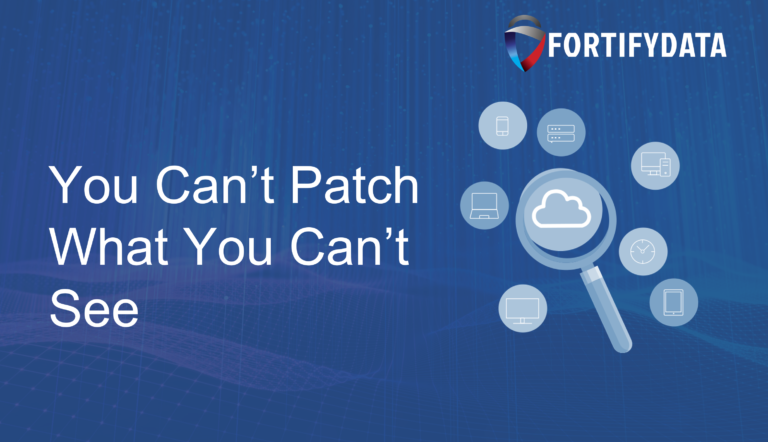
How To Strengthen Vulnerability Risk Management With Remediation Prioritization FORRESTER REPORT > Remediation priority has often been tied to…
"This is an excellent starting point for any organization that wants to get serious about their cyber risk management. The system has the capability to grow as you become more sophisticated in your use"
IT Director
Services Industry
Traditionally, organizations have used Common Vulnerability Scoring System (CVSS) scores to prioritize their vulnerabilities. CVSS scoring was created almost two decades ago with the intent of providing “open and universally standard severity ratings of software vulnerabilities.” They do a good job looking for opportunistic vulnerabilities (i.e. can they be exploited remotely?), but they lack the ability to effectively prioritize for an organization’s unique circumstance.
A CVSS scoring prioritization methodology might have your teams patching all critical CVSS scores. But the reality is, some of the most widespread and devastating attacks have exploited vulnerabilities with high, medium, and even low CVSS scores.
Fortunately, there is a better way.

Here are four reasons why risk-based vulnerability management for prioritization better aligns with business objectives:
Overall, risk-based prioritization is a more effective approach for businesses because it takes into account the specific context of a company and aligns their cybersecurity efforts with their business objectives. By using risk-based prioritization, businesses can better understand the potential impact of vulnerabilities and risks on their operations and make more informed decisions about how to prioritize their response. CVSS prioritization can be less effective because it is based on a standardized scoring system that does not consider a business’s specific circumstances.



| Cookie | Duration | Description |
|---|---|---|
| cookielawinfo-checkbox-analytics | 11 months | This cookie is set by GDPR Cookie Consent plugin. The cookie is used to store the user consent for the cookies in the category "Analytics". |
| cookielawinfo-checkbox-functional | 11 months | The cookie is set by GDPR cookie consent to record the user consent for the cookies in the category "Functional". |
| cookielawinfo-checkbox-necessary | 11 months | This cookie is set by GDPR Cookie Consent plugin. The cookies is used to store the user consent for the cookies in the category "Necessary". |
| cookielawinfo-checkbox-others | 11 months | This cookie is set by GDPR Cookie Consent plugin. The cookie is used to store the user consent for the cookies in the category "Other. |
| cookielawinfo-checkbox-performance | 11 months | This cookie is set by GDPR Cookie Consent plugin. The cookie is used to store the user consent for the cookies in the category "Performance". |
| viewed_cookie_policy | 11 months | The cookie is set by the GDPR Cookie Consent plugin and is used to store whether or not user has consented to the use of cookies. It does not store any personal data. |